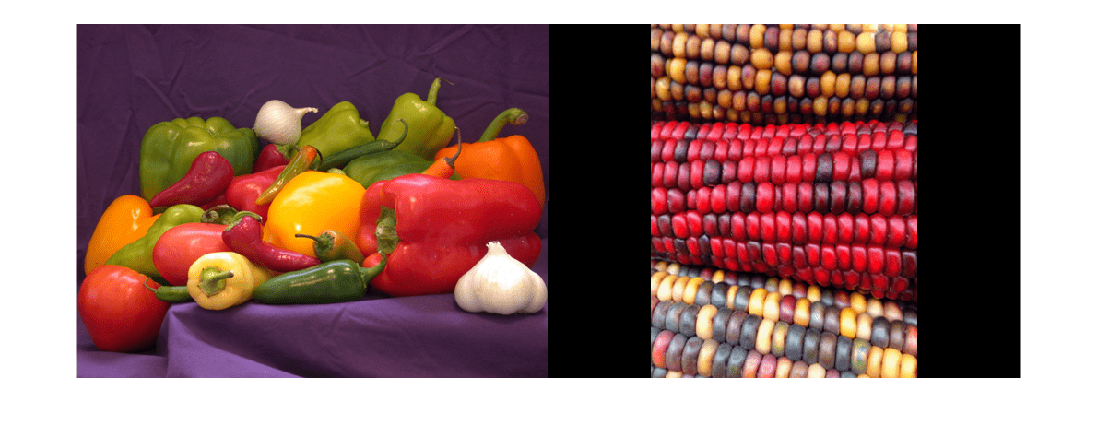augment
Apply identical random transformations to multiple images
Description
Examples
Input Arguments
Output Arguments
Tips
You can use the
augmentfunction to preview the transformations applied to sample images.To perform image augmentation during training, create an
augmentedImageDatastoreand specify preprocessing options by using theDataAugmentationname-value argument with animageDataAugmenter. The augmented image datastore automatically applies random transformations to the training data.
Version History
Introduced in R2018b

